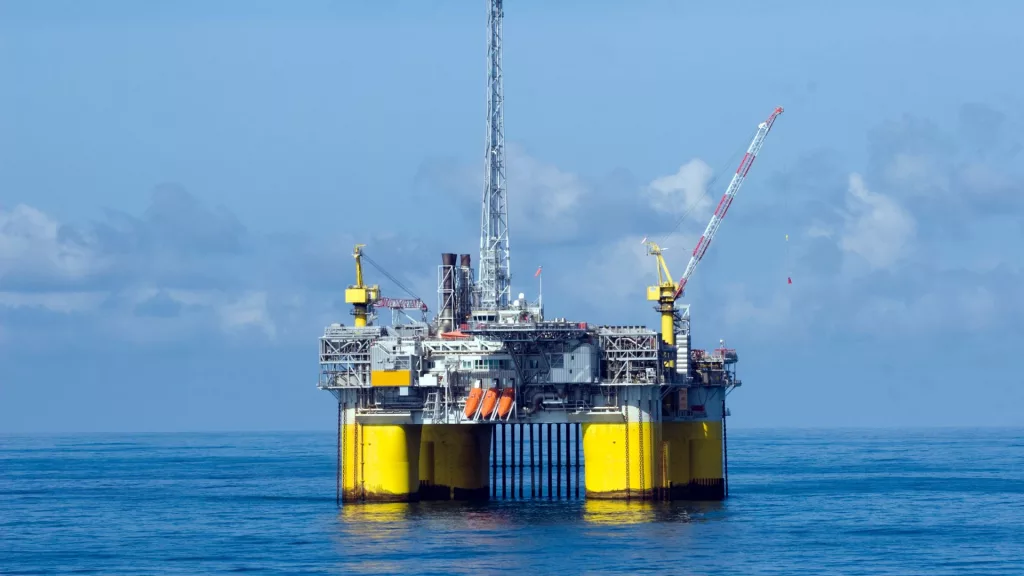Designing a network topology for offshore platforms is a multifaceted task that requires a deep understanding of the unique challenges posed by the environment. Offshore platforms are engineering marvels that require intricate systems to ensure smooth operations, safety, and communication.
Let’s delve into the complexities of designing a network topology for an offshore platform, exploring the unique challenges and considerations that come with such a demanding environment.
Understanding the Environment
Offshore platforms operate in harsh conditions, including extreme weather, corrosive saltwater, and limited physical space. The network infrastructure must be designed to withstand these challenges while facilitating seamless communication and data transfer among various components on the platform.

Key Considerations
Redundancy and Reliability
Redundancy is critical in offshore environments. The network must have redundant paths to ensure continuous communication even if one pathway fails. This includes redundant power supplies, communication links, and network equipment.
Scalability
Offshore platforms are complex structures that may undergo expansions or modifications. The network design should be scalable to accommodate future additions or changes in the platform’s layout without causing disruptions to the existing infrastructure.
Security
Offshore platforms handle sensitive data related to operations, safety, and environmental monitoring. Implementing robust security measures, including firewalls, intrusion detection systems, and secure communication protocols, is essential to protect against cyber threats.
Real-time Communication
Offshore operations often require real-time communication for safety-critical applications such as monitoring equipment, emergency response systems, and control systems. The network must prioritize low latency and high bandwidth to support these applications.

Integration of IoT Devices
The Internet of Things (IoT) plays a crucial role in offshore platforms for collecting data from sensors and devices. The network topology should facilitate the integration of IoT devices to enable efficient data gathering and analysis for predictive maintenance and decision-making.
Environmental Monitoring
Offshore platforms are subject to environmental factors such as waves, wind, and temperature variations. The network design should include sensors and monitoring systems to gather data on these conditions, allowing for proactive decision-making to ensure safety and operational efficiency.
Designing the Topology
Core, Distribution, and Access Layers
Implementing a three-tier architecture with core, distribution, and access layers helps organize the network efficiently. The core layer handles high-speed data transfer, the distribution layer manages traffic flow, and the access layer connects end devices.
Fiber Optic Backbone
Utilizing fiber optic cables for the network backbone enhances data transmission speed and reliability. Fiber optics are resistant to electromagnetic interference and provide high bandwidth, making them ideal for offshore environments.

Incorporating wireless communication technologies, such as Wi-Fi and satellite connections, enables flexibility and mobility on the platform. This is crucial for personnel who need to move around the platform while staying connected.
Edge Computing
Implementing edge computing on the platform reduces the need for sending all data to onshore data centers. This enhances data processing efficiency and reduces latency, especially for time-sensitive applications.
Get the Right Team
Team Vivo is an expert and experienced team of engineers and technicians well versed in offshore industry specifications and regulations. We have over 10 years of industry designing complex network topologies. Contact us today to discuss your requirements for designing a network topology for offshore platforms.










